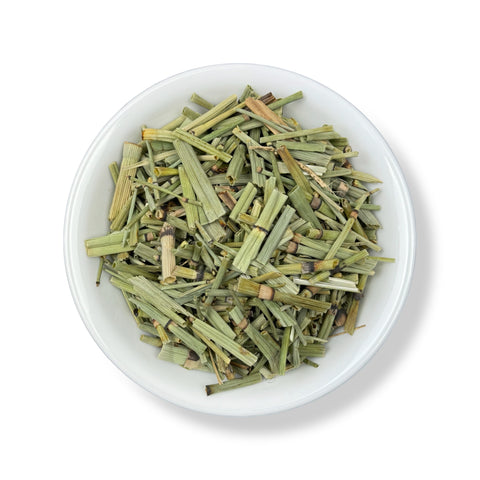
Horsetail (Cola De Caballo)
- + Buy ANY 5 Products, Get 1 Free! *BULK Products Included*
- + 15-Day Money Back Guarantee
- + Get It Fast! Orders Ship Same Day
![]()
Botanical Name: Equisetum L.
Origin: Mexico
Discover the age-old benefits of Horsetail, also known as Cola de Caballo, a perennial herb that has been used in traditional medicine for centuries. Sourced from natural habitats around the world, Horsetail is celebrated for its rich content of silica and other beneficial minerals. This versatile herb is ideal for those seeking to enhance their health naturally, particularly in supporting bone, hair, and skin health.
Benefits
- Supports bone strengthening and development due to its high silica content.
- Promotes healthy hair, skin, and nails, enhancing texture and resilience.
- Supports detoxification and water retention issues, supporting kidney and urinary health.
These statements have not been evaluated by the Food and Drug Administration. This product is not intended to diagnose, treat, cure, or prevent any disease.
This product is intended for nutritional support. If pregnant, nursing, or taking medication, please consult with a health professional before use.
Keep out of reach of children.

